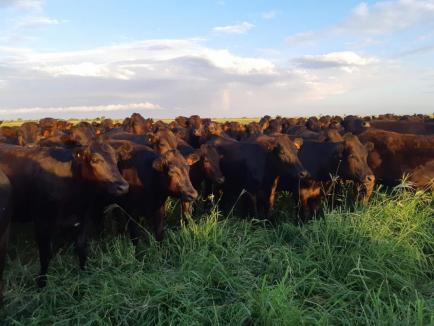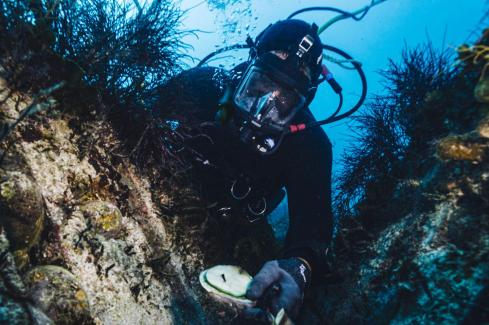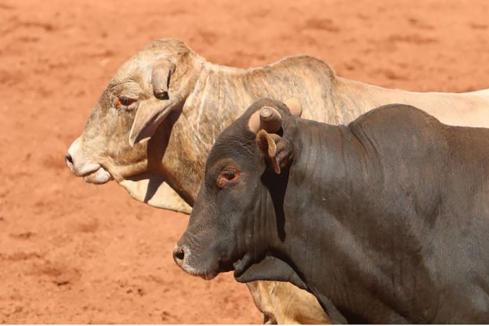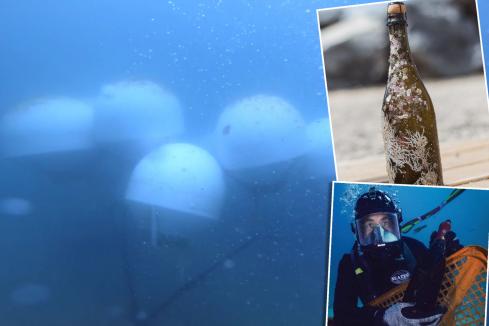Hard work, a lean supply chain and premium quality help make WA lobster a popular delicacy in China.

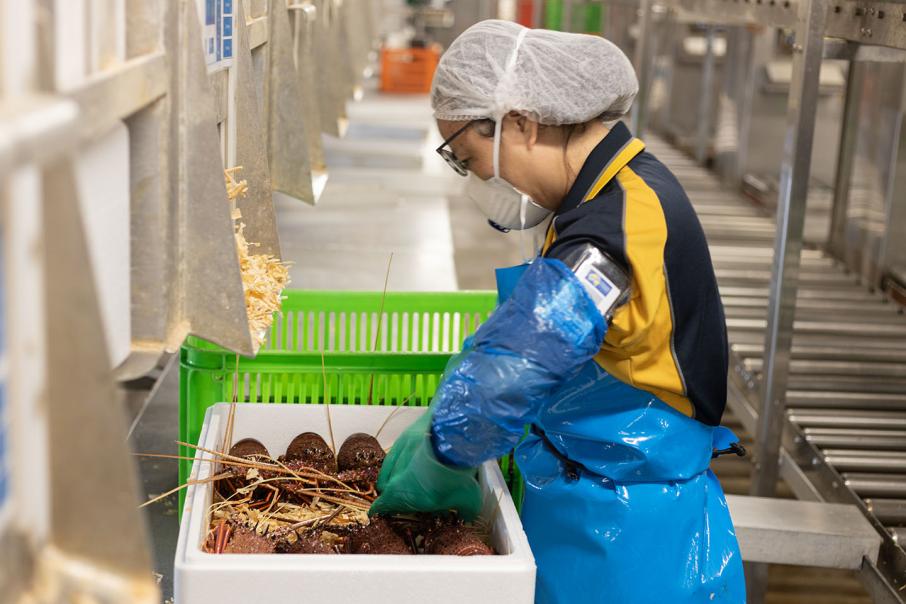
Hard work, a lean supply chain and premium quality help make WA lobster a popular delicacy in China.
Click here for a pdf of the 12 page lift-out.
Peter Stanich has loved lobster fishing for as long as he can remember, braving early starts and long days on the ocean.
“There’s been nothing else I’ve ever wanted to do,” Mr Stanich told Business News.
His family owns one of the 226 boats that fishes for western rock lobster off the Western Australian coast, and while both Mr Stanich’s father and grandfather were lobster fishers, he said there had been a dramatic shift for the industry in recent years, with a massive new market growing in China.
Mandurah-based Mr Stanich meets his three crew at the boat at 2:30am, and they head out to sea.
They can spend anywhere between 10 to 16 hours on the ocean, four to five days a week.


Photos: Geraldton Fishermen's Co-operative
“I like the quiet,” Mr Stanich said.
“I like the phone not ringing.
“It’s you and your boat and your crew.”
According to ACIL Allen, the lobster industry added about $500 million of economic value to the WA economy in the 2017 financial year, directly employing 878 full-time equivalent roles.
Mr Stanich said he was particularly proud of one of those 878.
“I’ve got one guy, he’s been with me 14 years,” he said.
“He left school at 14, he’s been with me ever since.
“I don’t think he looks like he’s going to go anywhere, he’s part of the family.”
When Mr Stanich’s crew returns to shore, the lobster change hands to Geraldton Fishermen's Co-operative, which eventually takes them to markets such as China, Japan and the US.
The lobster are trucked from receival points along the coast to a new export facility in Welshpool.



Photos: Gabriel Oliveira
Chief executive Matt Rutter told Business News the cooperative had invested more than $20 million in the facility, which was commissioned in 2017.
The 4,000 square metre premises can hold up to 220 tonnes of lobster while the seafood rests for periods of at least four days.
Mr Rutter said refrigerated tanks helped maintain the seafood at optimum quality, while having a hub close to the airport lowered supply chain costs.
The cooperative moves about 60 per cent of the lobster caught in WA, and more than 90 per cent is sent overseas.
Most flies to China, sent live to 12 cities.
That means direct flights from Perth to China were significant for the cooperative, Mr Rutter said. It had strongly advocated for China Eastern Airlines’ trial of flights from Perth to Shanghai starting in January next year, in addition to the existing China Southern Airlines direct route to Guangzhou.
Once the crates arrive, they are auctioned via an online portal to a group of 100 customers, including Shenzhen Datang Food Company.
That company has worked with the cooperative since October 2018 and distributes the lobster to venues such as the Shangri-La Hotel chain.
Datang general manager Mengqiu Tang told Business News his customers were full of praise for the WA lobster, which fetched up to $300 per kilogram on the plate.

Photo: Geraldton Fishermen's Co-operative
Colossal China
Total Chinese seafood imports reportedly grew 44 per cent year on year to be $US11.9 billion in 2018.
In 2004, WA earned about $40 million revenue from lobster exports to China, while in 2014, that number was more than $300 million, a big rise in demand that reflects broader trends in Chinese society as the level of wealth grows.
Around the middle of that period, the management of the western rock lobster fishery was changed and production levels dialled down to ensure long-term sustainability.
In 2015, the China Australia Free Trade Agreement started, leading to a further surge in exports.
It also meant companies like the cooperative could enter China directly rather than via other countries in a so-called grey market.
The combination of strong demand and a quota-managed fishery means the cooperative takes an unusual tack when navigating the Chinese market, because increasing the amount caught is not an option.
Mr Rutter said about 12 million lobster were shipped to China annually.
“More and more Chinese are affluent enough to afford lobster,” he said.
“It’s very much a niche market.
“The challenge for us is to increase the value of the product … we can’t necessarily increase supply but we can increase value.”
That means making lobster a premium offering, highlighting the quality and the fishery’s sustainability certification.
For Mr Stanich, the FTA was a big win.
“Things look good, a lot better since we’ve had a free trade agreement [with China],” Mr Stanich said.
“We’re getting into more places in China … there are more options to sell the product.
“I’m planning on expanding my business
“Trying to buy more quota, with a bit of optimism around, good strong markets, people are planning now to start spending money, building boats, that’s a snowball effect of an industry going well.
“I’d like to upgrade my boat.”
Other seafood producers had also felt the benefits of the FTA with China.
Ocean Grown Abalone founder Brad Adams said it had boosted his aquaculture business.
OGA harvested 55 tonnes of abalone in 2018-19 from its Augusta ocean ranch, with 90 per cent of the company’s product headed to Asia and more than half to China.
“Considering what it was like five years ago, it’s been a quantum change,” Mr Adams said.
“Five years ago the borders were closed, product was being smuggled, it was losing its brand identity.
“There’s no tariffs any more.
“It was a total game changer.”
There are expansion plans in train, too, with Mr Adams saying he was confident about the market.
A 500t land-based hatchery in Esperance is in the pipeline, with a concept study completed in early November.
Mr Adams said it would create 60 jobs.

Mr Adams with abalone. Photo: Attila Csaszar
Hungry for growth
Many foods make their way from WA to the state’s northern neighbours.
Fremantle-based Austral Fisheries sold its first shipment of carbon neutral fish to Chinese companies Hai Bao International and Sunkfa International, and US-based Mark Foods, in June 2016.
In the Pilbara, Singaporean retail magnate Bruce Cheung is planning a big expansion of Pardoo Beef Corporation, hoping to lift cattle numbers from 11,000 head in 2015 to 100,000 in 2030.
Pardoo has begun irrigating land at the Pardoo Station, creating green circles against an arid backdrop to feed a bigger herd.
Mr Cheung has also brought in a famed Japanese expert in Wagyu genetics, Shogo Takeda, to help breed the best-quality animals.
Brownes Dairy and Kailis Bros have been acquired by Chinese businesses.
After Shanghai Ground Food Tech bought Brownes in November 2017, the company has stepped up sales to China, with 800t of cheese reportedly shipped north in the 2019 season.
KB Food came under the control of Legend Holdings in 2016, which planned to develop Chinese and other international markets.
Incoming
Seafood can also be a tourism attraction.
Indian Ocean Rock Lobster general manager Peter House said the company’s Lobster Shack restaurant in Cervantes could seat up to 750 people.
The business has been owned by the Thompson family since 1966, but a recent change to lobster licensing laws enabled a new opportunity in on-water tourism.
Lobster Shack has been running the Shack Attack boat for a couple of years, giving tourists a chance to pull cray pots or go for deep sea fishing trips.
That sails three times per day, with customers eating the lobster they catch.
From the end of November, Lobster Shack will expand its opening hours to offer food service on Friday, Saturday and Sunday nights.
Mr House said tourists would usually visit the nearby Pinnacles and stop at the Shack, with an increase in star gazing trips creating the opportunity for expansion.
He estimated that more than half of diners were from Asia.
The company is also ordering a new boat, Seal of Approval, which will seat 45 people for seal watching expeditions.







